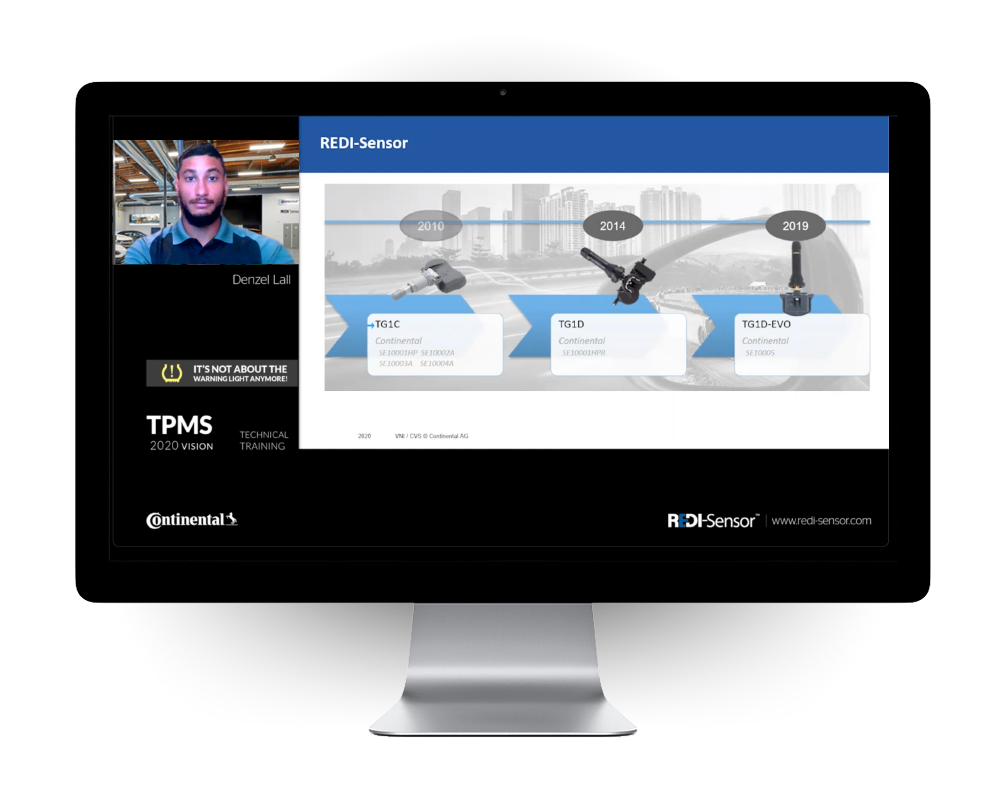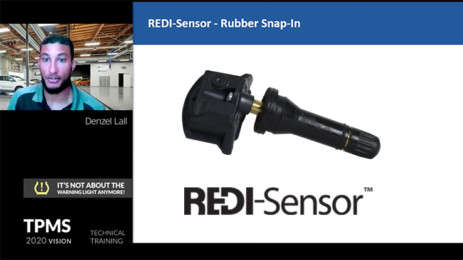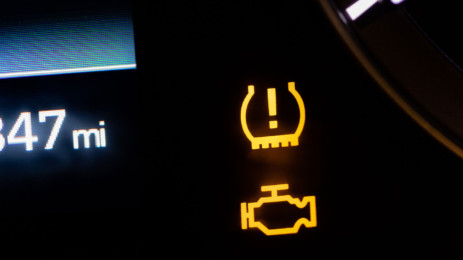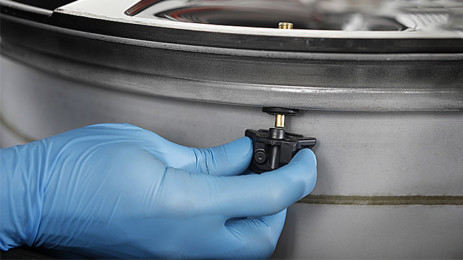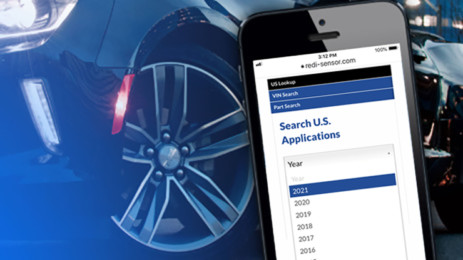
The Next Generation REDI-Sensor TPMS Sensors
Our Next Generation REDI-Sensor line up gives you even more reasons to switch to REDI-Sensor! Learn about all the advantages in our press release, and download our latest literature.
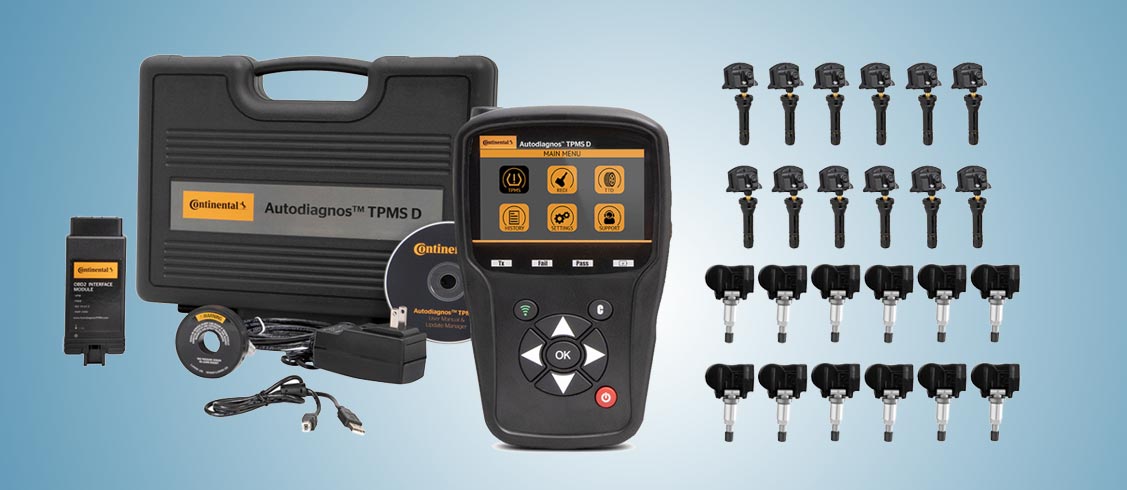
Make the fastest re-learning TPMS Sensors even faster.
Choose Autodiagnos TPMS Tools for the fastest, most trouble-free TPMS service with REDI-Sensor Multi-application TPMS sensors.

